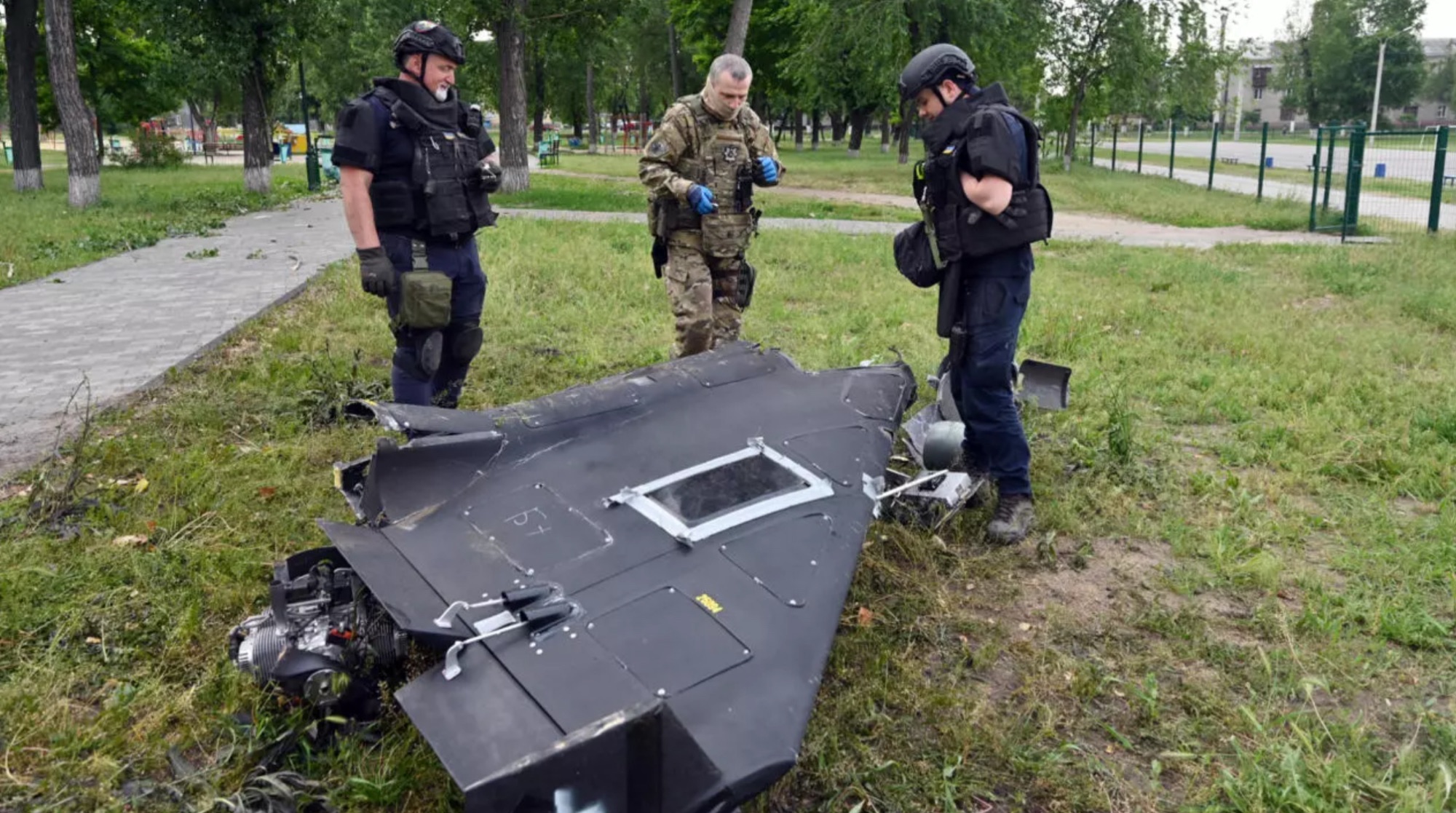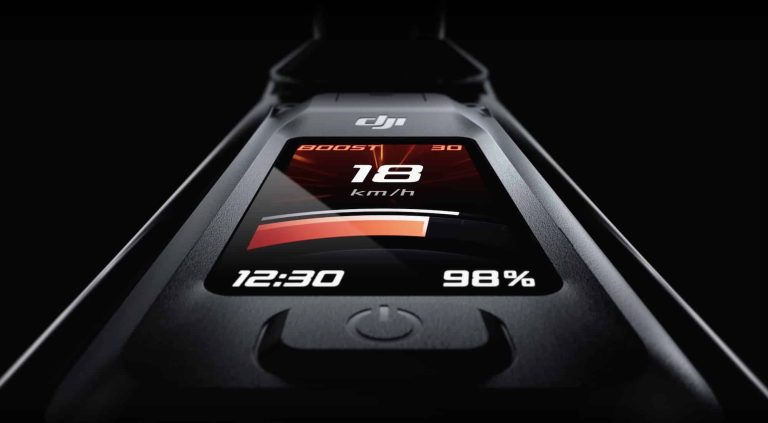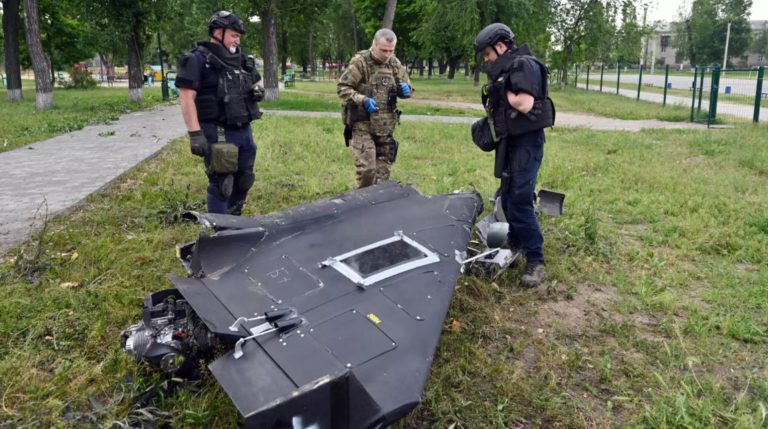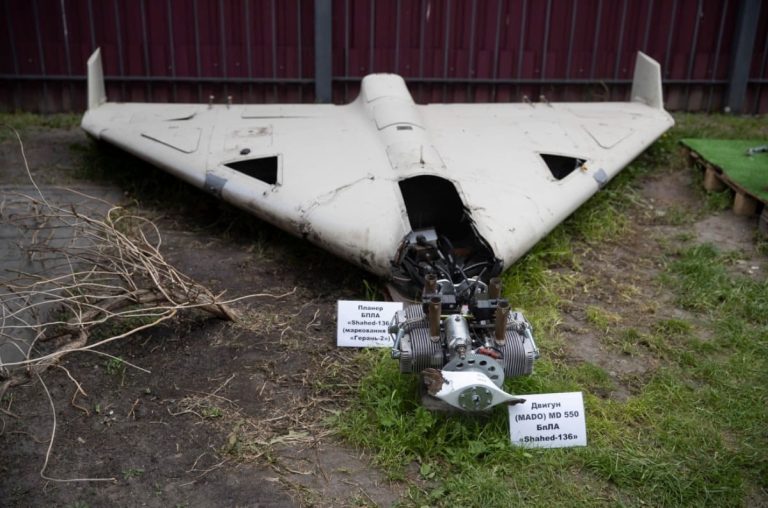On June 8, 2025, Russia launched an unprecedented 479-drone assault on Ukraine, marking the largest single-night drone attack in the three-year conflict, according to Kyiv’s air force. This massive barrage, coupled with 20 missiles, underscores Moscow’s intensified aerial strategy as peace talks falter, raising critical questions about drone warfare’s role in modern conflicts and the urgent need for advanced air defenses.
Unprecedented Scale of Attack
The Russian offensive targeted central and western Ukraine, primarily using Shahed drones, which are low-cost, long-range unmanned aerial vehicles (UAVs) designed for precision strikes. Ukrainian defenses intercepted 277 drones and 19 missiles mid-flight, with only 10 reaching their targets, the air force reported. One civilian was injured, and the United Nations notes over 12,000 civilian deaths from such attacks since the war began. “The situation is very difficult,” said Ukrainian President Volodymyr Zelensky, highlighting the strain on frontline defenses along the 620-mile (1,000-kilometer) front.
Shahed drones, often launched under cover of darkness to evade detection, have become a cornerstone of Russia’s strategy. Their affordability—costing roughly $20,000 each compared to millions for advanced missiles—enables mass deployment, overwhelming air defenses through sheer volume. This tactic exploits Ukraine’s limited anti-drone resources, as Kyiv urgently seeks more Western support, particularly for systems like the U.S.-made Patriot, which can neutralize UAVs at ranges up to 93 miles (150 kilometers).
Ukraine’s Drone Counteroffensive
Ukraine has responded with its own drone innovations, deploying long-range UAVs to strike deep into Russian territory. On June 8, Ukrainian special operations forces reportedly hit two Russian fighter jets at Savasleyka airfield, 404 miles (650 kilometers) from Ukraine’s border, though the method remains undisclosed. Russia’s Ministry of Defence claimed it downed 49 Ukrainian drones over seven regions, with two striking an electronic warfare facility in Chuvashia, over 373 miles (600 kilometers) east of Moscow. In Voronezh, 25 drones were intercepted, but one damaged a gas pipeline, sparking a small fire, per regional head Alexander Gusev.
These reciprocal drone strikes highlight the evolving role of UAVs in warfare. Ukraine’s domestically developed drones, such as the Palianytsia, offer ranges exceeding 435 miles (700 kilometers) and payloads capable of targeting military infrastructure. This technological leap reduces reliance on Western aid while challenging Russia’s air superiority.
Implications for Drone Technology and Global Security
The escalation in drone warfare signals a shift toward affordable, scalable UAVs as primary tools in modern conflicts. For drone professionals, this underscores the need for advancements in counter-drone systems, such as radar-jamming tech and laser-based interceptors, which can detect and neutralize UAVs at altitudes up to 16,400 feet (5,000 meters). Economically, the low cost of drones democratizes warfare, enabling smaller nations to project power but also raising risks of proliferation among non-state actors.
Regulatory challenges loom large. International frameworks, like the Missile Technology Control Regime, struggle to address the rapid spread of drone tech, complicating efforts to curb civilian casualties. For recreational pilots, the conflict highlights the importance of airspace restrictions, as military drones increasingly share skies with civilian UAVs, necessitating robust geofencing and detection systems.
Looking Ahead
As Russia rejects ceasefire calls and Ukraine bolsters its drone capabilities, the conflict is driving innovation in UAV design and countermeasures. For the Drone Industry, this presents opportunities to develop affordable, precise defense systems while addressing ethical concerns about autonomous weapons. With both sides locked in a technological arms race, the skies over Ukraine are reshaping the future of aerial warfare.
Photo courtesy of AFP / S. Bobok.
Discover more from DroneXL.co
Subscribe to get the latest posts sent to your email.


















+ There are no comments
Add yours